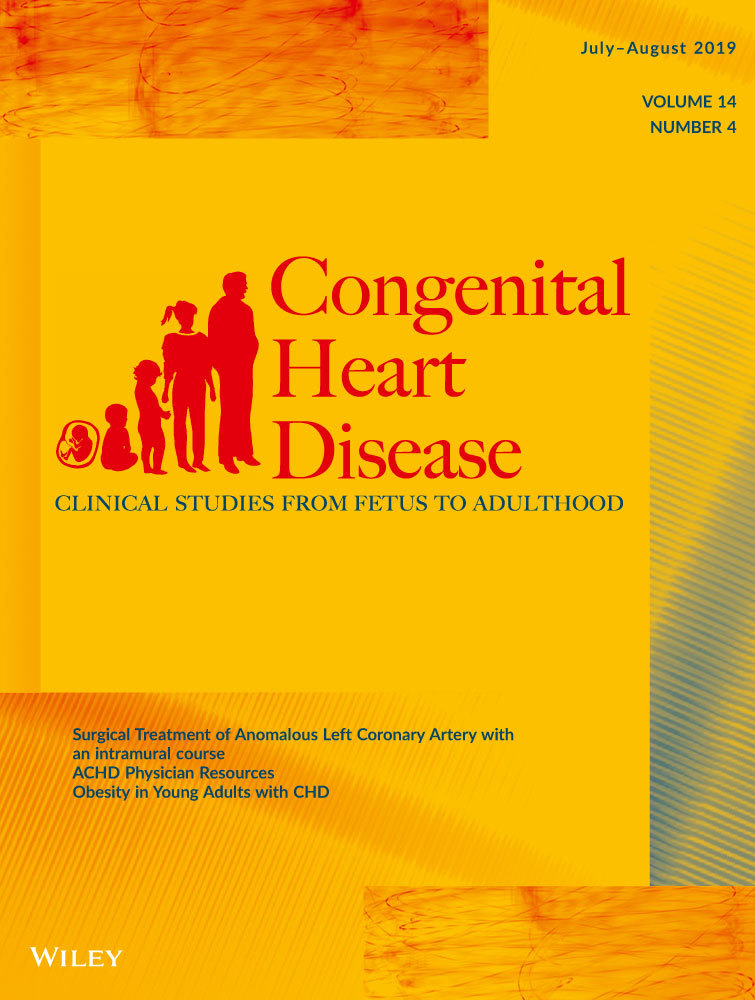Pacemaker treatment after Fontan surgery—A Swedish national study
Funding information
Hjärt-Lungfonden; Västerbotten Läns Landsting; Magnus Dalén was financially supported by the Senning Scholarship from the Swedish Association for Cardiothoracic Surgery
Abstract
Objective
Fontan surgery is performed in children with univentricular heart defects. Previous data regarding permanent pacemaker implantation frequency and indications in Fontan patients are limited and conflicting. We examined the prevalence of and risk factors for pacemaker treatment in a consecutive national cohort of patients after Fontan surgery in Sweden.
Methods
We retrospectively reviewed all Swedish patients who underwent Fontan surgery from 1982 to 2017 (n = 599).
Results
After a mean follow-up of 12.2 years, 13% (78/599) of the patients with Fontan circulation had received pacemakers. Patients operated with the extracardiac conduit (EC) type of total cavopulmonary connection had a significantly lower prevalence of pacemaker implantation (6%) than patients with lateral tunnel (LT; 17%). Mortality did not differ between patients with (8%) and without pacemaker (5%). The most common pacemaker indication was sinus node dysfunction (SND) (64%). Pacemaker implantation due to SND was less common among patients with EC. Pacemaker implantation was significantly more common in patients with mitral atresia (MA; 44%), double outlet right ventricle (DORV; 24%) and double inlet left ventricle (DILV; 20%). In contrast, patients with pulmonary atresia with intact ventricular septum and hypoplastic left heart syndrome were significantly less likely to receive a pacemaker (3% and 6%, respectively).
Conclusions
Thirteen percent of Fontan patients received a permanent pacemaker, most frequently due to SND. EC was associated with a significantly lower prevalence of pacemaker than LT. Permanent pacemaker was more common in patients with MA, DORV, and DILV.
CONFLICT OF INTEREST
The authors declare that they have no conflicts of interest with the contents of this article.




